
Fifty years ago, Singapore was a "backward" country, its people languishing in extreme poverty, with high levels of unemployment; As 70% of its people lived in crowded, narrow areas, and in very bad conditions, and a third of its people slept on the land, in poor neighborhoods, on the outskirts of the city, the unemployment rate was 14%, and the GDP per capita was less than $320.
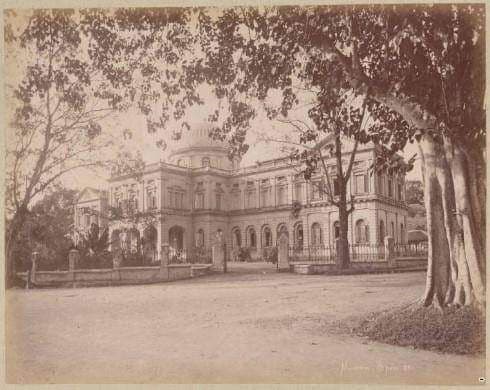
Today it is one of the fastest growing economies in the world, and its GDP per capita has increased by an incredible rate; It reached $60,000, making it the sixth largest per capita GDP in the world, according to CIA data, with an unemployment rate of just 2%. It has a highly developed and successful free market, is one of the world's leading trading centers and a major destination for foreign investment.
Singapore has written the world's largest economic success story, and its economic rise has become an international model for a country lacking in land and natural resources. Overcome the flaws of geography, and become a leader in world trade, with its small size of 719 km2. In the following lines we delve into history and geography; To know how this country was able to achieve this economic miracle.
The beginning of independence
For more than a hundred years, Singapore was a colony under British control, and after the British forces failed to protect the colony from the Japanese during World War II, this angered and resented the people of the colony of Singapore, and fueled anti-colonial sentiments, which later led to its independence.
On August 31, 1963, Singapore seceded from the British Crown, and merged with Malaysia; and the formation of the Federation of Malaysia, but after it, and with the departure of some countries from the beginning and riots; Because of poor living conditions, large numbers from China to Singapore, even outnumbered the Malaysian presence; This disturbed the Malaysian politicians in Kuala Lumpur, fearing for their heritage and social fabric, and fearing that Malaysia would refrain from the Chinese.
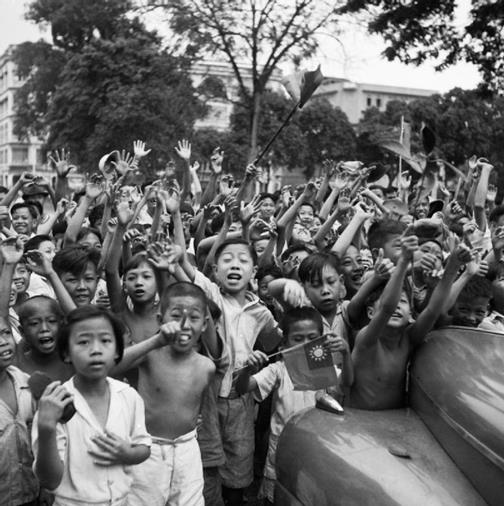
Singaporean children celebrate the recapture of the island by British forces from the Japanese in 1945
Consequently, Singapore gained its official independence on August 9, 1965, and "Yusuf bin Ishaq" became its first president, and Lee Kuan Yew, with wide powers, as prime minister. After independence, economic problems worsened, a large part of the population of 3 million was unemployed, and more than two-thirds of the population lived in slums, informal settlements, on the outskirts of the city. In addition to the fact that the island is located between two large countries that have unfriendly feelings about it: Indonesia and Malaysia. In addition to its lack of natural resources, sanitation, proper infrastructure, and insufficient water supplies.
Find the way
To this end, and in order to stimulate development, Prime Minister Lee Kuanne sought international assistance, but his pleas received no response. The world left Singapore to fend for itself. Now, Mr. “Lee” realized that the advancement would only come through self-reliance and hard work, so he began to look at his most important urgent problems, namely: the widespread unemployment in the country, but during the colonial era the economy was centered on intermediate trade, and this economic activity was not It offers only few opportunities for work, and with the departure of British forces, which had a noticeable impact on the Singaporean economy, the problem of unemployment worsened even more, which increased public pressure to create new job opportunities.
The most feasible solution to the problems of the Singaporean economy and unemployment was to embark on a comprehensive program of industrialization, with an emphasis on labour-intensive industries. But even these have faced difficulties, in that Singapore had no industrial heritage before; The great majority of the population was able to work only in commerce and services; So they did not have the experience or qualities that would enable them to move forward in the manufacturing field. Moreover, the presence of a very small local market, and neighbors with whom it is difficult to establish trade relations.
Under all these problems and difficulties, Singapore was forced to look for opportunities beyond its borders; to begin implementing its industrial development plan. influenced by Israel's ability to jump over its Arab neighbors who were boycotting it at the time; Having been able to establish trade relations with Europe and America, Mr. Lee and his colleagues learned that they had to reach out to the developed world and persuade multinationals to manufacture in Singapore.
The beginning
The Singaporean government established the Economic Development Board; To engineer foreign investment, but in order to attract investors, Singapore had to create a safe, orderly, and corruption-free environment, lower tax rates, and remove any obstacles from trade unions. To make this possible the citizens of the country had to give up part of their liberty to a more authoritarian government; To control the chaos, and start the course of industrial development that it plans.
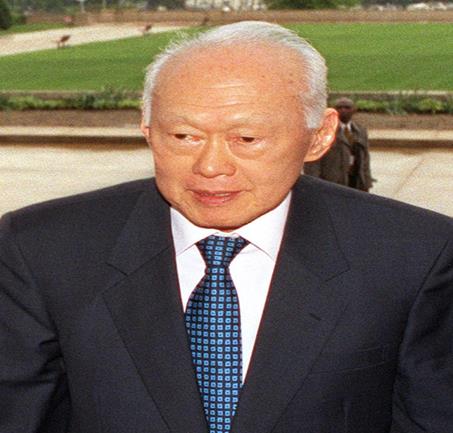
Likuanyu is the first prime minister of Singapore..the founder of the country and its transporter from the third world to the first
Mr. Lee immediately began the process of purge and creating an investment-friendly environment. Anyone caught in drug dealing or corruption was immediately executed, and Lee's party, the People's Action Party (PAP), suppressed all The independent trade unions, and the rest of them were united under one umbrella called “National Trade Union Congress NTUC.” Any person who threatens institutional or political unity was imprisoned quickly, and without legal procedures, even though it was prescribed for anyone in such circumstances. sternness prevailed in the country, Business suitability laws are becoming very attractive to international investors. In contrast to their neighbors; The political and economic atmosphere was unpredictable, Singapore was characterized by transparency, clarity of vision and purpose with great stability, as well as its advantages related to location, and the beginning of the establishment of a port system, Singapore was an ideal place for manufacturing and exporting abroad.
By 1972, just seven years after independence, a quarter of Singapore's manufacturing firms were either wholly foreign-owned or joint ventures, and the United States and Japan were among the largest investors in Singapore; As a result of the constant and stable climate in Singapore, favorable conditions for investment, and the rapid and significant expansion of the world economy, in the period between 1965 - 1972, the country's gross domestic product experienced double-digit growth annually, and there was a large influx of foreign investment, and thus Singapore began to focus on resource development It has humankind, in addition to paying attention to infrastructure, so it established many technical schools, and pushed foreign companies to train their unskilled workers in the fields of “information technology,” “petrochemicals,” and “electronics.”
Thanks to the Economic Development Board and stringent measures in place, Singapore's capital increased 33 times by 1992, a tenfold increase in the proportion of labor to capital. The standard of living rose steadily, and the number of families moved from the low to the middle income level. And entered major oil companies, such as "Shell" and "Esso", and established oil refineries, and refineries, and by the nineties became the third largest oil refining center in the world, after "Houston and Notre Dame", and the third largest oil trading center after "New York and London" It has become a major producer of petrochemicals worldwide.
Mr. Lee, who titled one of the volumes of his memoirs "From the Third World to the First World", and his companions were able to make the most of Singapore's strategic location; It is an entrance to the "Strait of Malacca" through which perhaps 40% of the world's maritime trade passes, making it located in one of the most vital regions in the world.
Mr. Lee also built a small, efficient, and honest government, qualities absent in most of Singapore's neighbors; This made it a natural hub for multinational corporations, and encouraged them to expand and prosper. It also issued opinion polls regularly; In order to measure and know the difficulties encountered in doing business; Thus, immediately begin to remove them, and solve all problems.
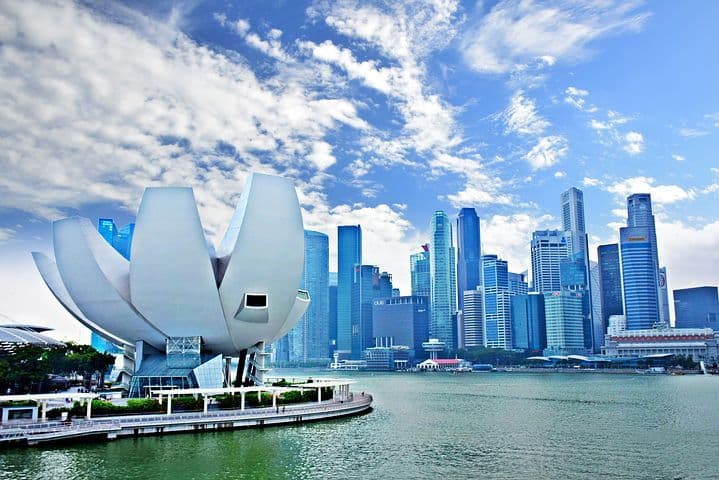
GDP doubled; During the period from 2000 to 2010, it rose from 163 billion Singapore dollars to 304 billion, and inflation and unemployment rates were less than 2% and 3% each year, respectively, during this period.
Mr. Lee was able to transform Singapore from a low-income country to a high-income country, through the growth of the manufacturing sector by 1970, and then Singapore reached the stage of full employment in the year 1980 and joined the ranks of "Hong Kong, South Korea and Taiwan". In what was later known as the "Four Tigers of Asia", it joined them as one of the most promising countries in the field of industrialization.
Singapore today
Singapore today is a highly industrialized society, and intermediary trade continues to play a major role in its economy. The port of Singapore is now one of the world's busiest ports, surpassing Hong Kong and Rotterdam. As for the tonnage of traded goods, it has become the second busiest area in the world, after the "Shanghai Port".
Singapore's tourism industry is also booming, attracting more than 10 million visitors annually. Singapore has a zoo, night safari trips, and a nature reserve. Recently, two of the most expensive integrated hotels in the world were opened, "Marina Bay Sands" and "Resorts World Sentosa". The medical and culinary tourism industry in the country has become one of the leading industries; Thanks to its cultural heritage, and the advancement of medical technology in it.
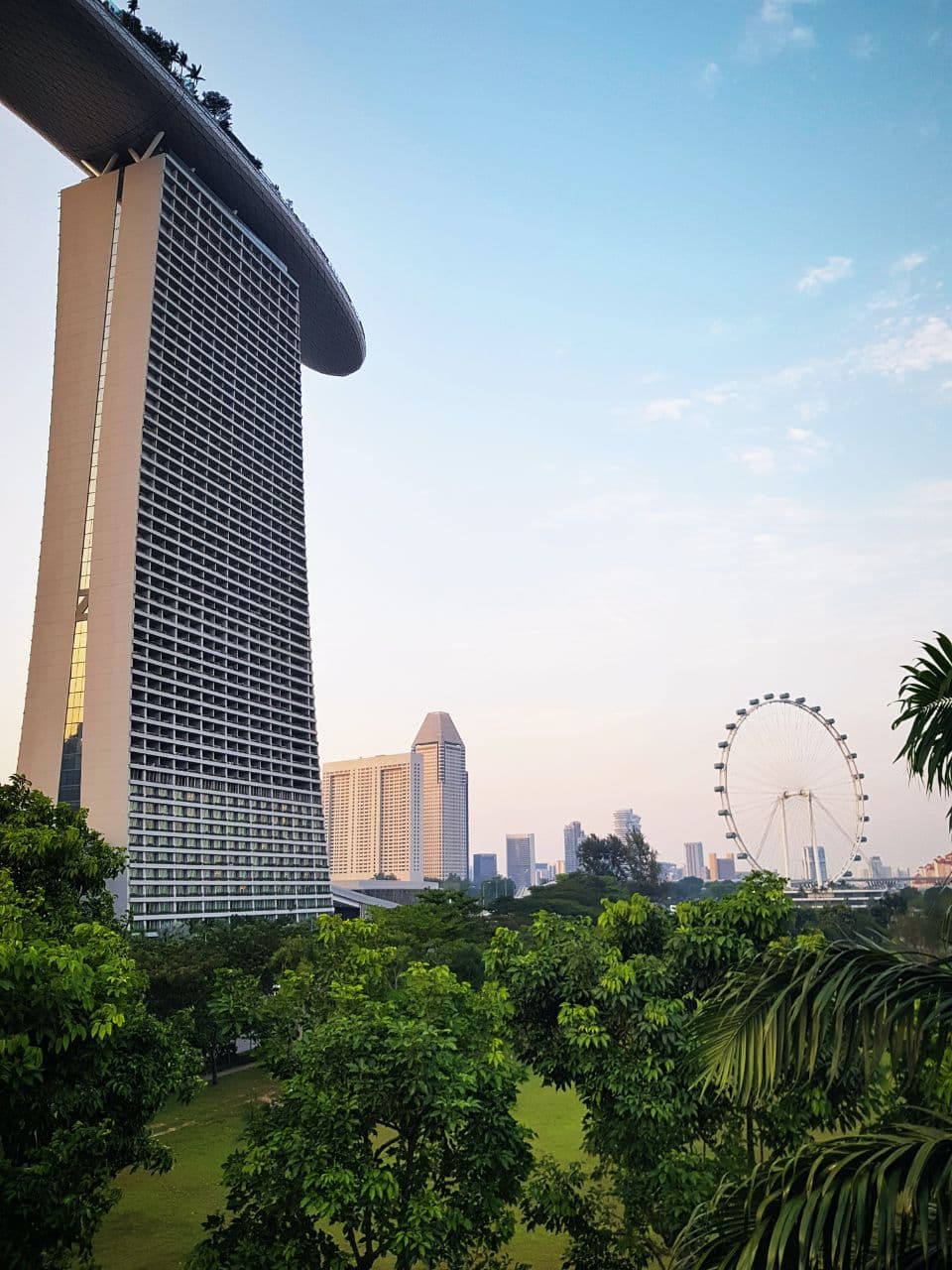
Despite its small size, it is the 15th trading partner of the United States and has established strong trade agreements with many countries in South America, Europe and Asia as well. There are currently more than 3,000 multinational corporations operating in the country, accounting for more than two-thirds of industrial production, and direct export revenue.
Singapore's business structure
Exports, particularly in electronics, chemicals and services, including Singapore's position as a regional financial center for wealth management, are the main source of income for the economy; This income enables them to purchase natural resources and primary commodities that they lack. Singapore suffers from water scarcity, so it is a valuable resource there, and it has limited arable land; Thus, it relies on highly advanced agricultural technology; To make up for the shortage of agricultural land; for agricultural production.
The government also encourages savings and investment through policies such as the 'Central Provident Fund' which is used to fund the healthcare and retirement needs of its citizens. In order to maintain its international standing, promote and sustain economic prosperity, and remain one of the world's leading countries; Singapore has taken several measures to encourage innovation and encourage entrepreneurs to train its workforce, and to attract foreign talent in order to increase productivity.
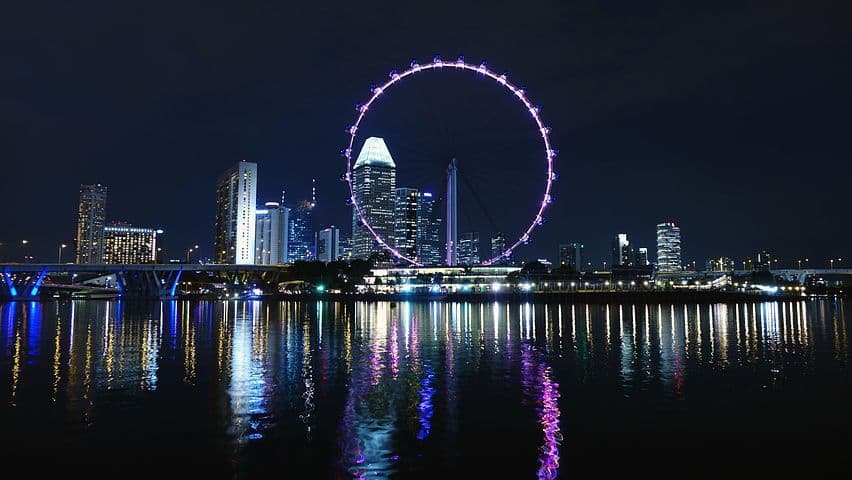
This report was just a small glimpse of a country that managed to set the most wonderful example, transforming from a mere pariah filled with unemployment and poverty, to an economic giant that has its weight and value at the international level now. With genius, good rulers, support and support of the people, and a real will for reform and change.
As for you, thank you for your time in reading this long report, I hope this report will be of interest to many and tell me in the comments do you like such publications to continue publishing such content.